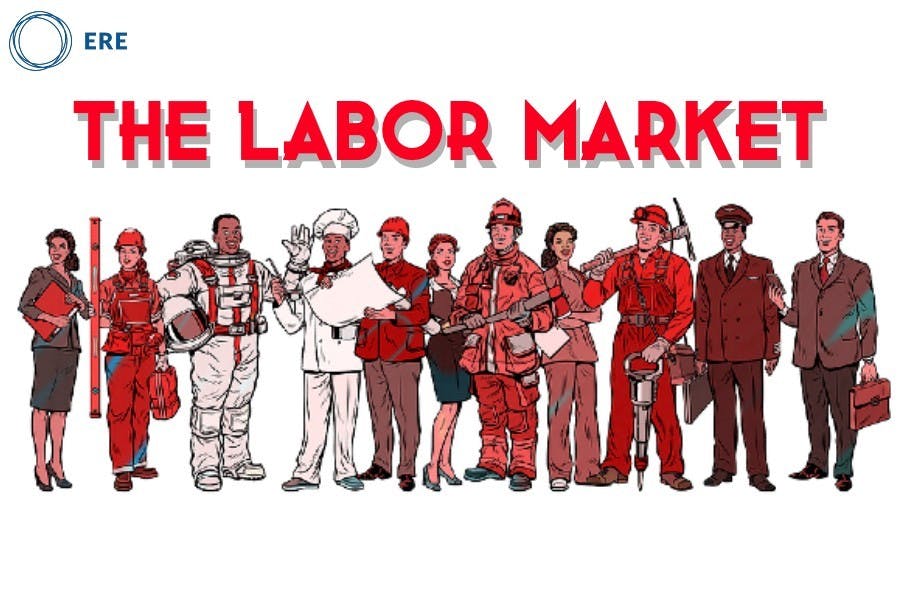Editor’s note: You are reading the first article by Raghav Singh as ERE’s new labor market columnist (though this is not his first contribution to ERE). In case you missed the post and video introducing Raghav, you may view it here.
Let’s start with a stark statement: The COVID-19 recession has set back employment for women and minorities.
The most recent jobs report showed a gain of 2.5 million jobs, the largest single-month increase since 1948. That might sound like good news, and it is. But a lot more jobs need to be added to make up for the losses caused by the shutdown of the economy in the wake of the pandemic.
We particularly need more new jobs to help minorities and women, since they have been disproportionately hurt by the downturn. Well over half the jobs lost have been held by women, though they make up less than half (47%) of the U.S. labor force.
Meanwhile, African-Americans and Hispanics have also suffered extensively. In May, the unemployment rate for Latinos reached 17.6%, and for Black people it was 16.8%, compared to 12.4% for whites. These losses are particularly unfortunate, since just three months earlier unemployment for all had reached its lowest point ever recorded.
This Time Is Different
In past downturns, unemployment had most affected industries like construction and manufacturing, which have historically had majority male workforces. Take the last recession — 5.4 million men lost jobs, compared to 2.1 million women. That’s partly because large numbers of women have historically been employed in sectors of the economy that are relatively stable. Just three sectors — government, education, and healthcare — account for over 40% of all women employed, compared to barely 20% of men.
This downturn, however, has had less impact on industries that employ larger proportions of men. Manufacturing, construction, trade, transportation, and utilities account for 46% of male but only 24% of female employment.
Additionally, more men than women work in jobs that are considered essential. Almost a quarter (24%) of employed men work in these types of jobs, compared to about 17% of employed women. Men also are somewhat better protected because more of them work in jobs that can be done from home — about 28% of men have jobs that allow for telecommuting, compared to 22% of women.
At the same time, the majority of losses during this crisis have been in service-oriented industries like education, healthcare, and personal services. You can probably guess by now what they all have in common. The majority of workers in these fields are women. What’s more, while about 40% of the labor force is employed in jobs where the work can realistically be done from home, that is an option for only a limited number of women and minorities. Women make up 77% of the workforce in jobs that require close personal contact, such as restaurants, hospitality, healthcare support, and personal care.
There are other factors that have indirectly contributed to higher unemployment for women. With schools and daycare facilities closed in most states, there has been an increased need for childcare. Grandparent-provided childcare is discouraged due to the higher mortality rate for the elderly, and given social distancing measures, sharing childcare with neighbors and friends is not an option. Most families have no choice but to watch their children themselves, which also mainly falls to women. Then, too, single parents are also overwhelmingly (80%) women.
The Road Back
The numbers mentioned above paint a bleak picture, but the road back may be faster than anticipated. Over the next decade, the jobs projected to grow the most are in categories where the biggest losses have occurred: service and healthcare. Meanwhile, shoppers are returning to stores faster than expected and department store sales in June have been higher than what they were a year earlier. Consumer spending is critical to recovery and especially restoring employment for minorities and women, since so many work in service-related jobs.
Recruiters can help by treating unemployed candidates fairly. There’s a significant bias against unemployed workers, which in the present crisis will disproportionately limit the possibilities for women and minorities to return to gainful employment.
Of course, there can be legitimate concerns about the skills of candidates who have been unemployed for long periods, but there is no objective basis in this crisis for rejecting candidates who have been unemployed for a year or less. One would hope that given that most of those unemployed today arrived at their situation through no fault of their own, they will not be stigmatized.
